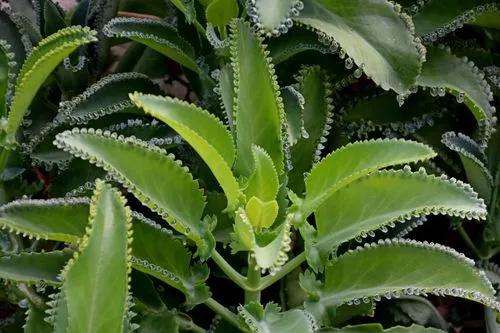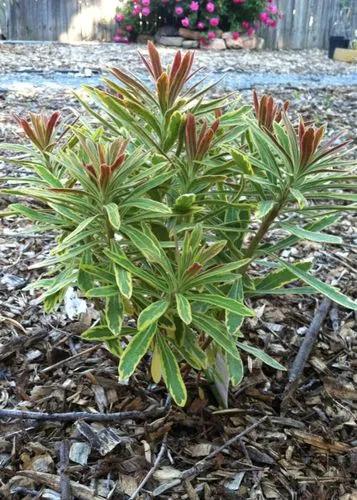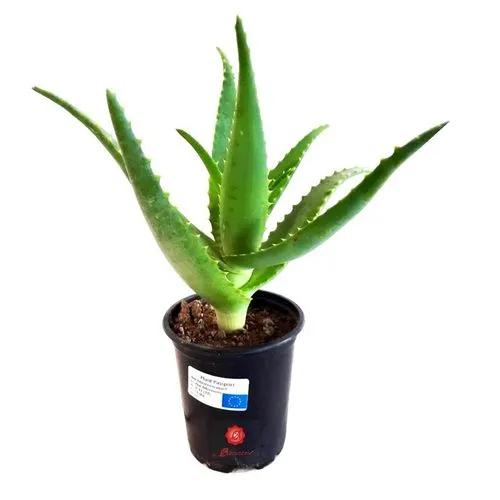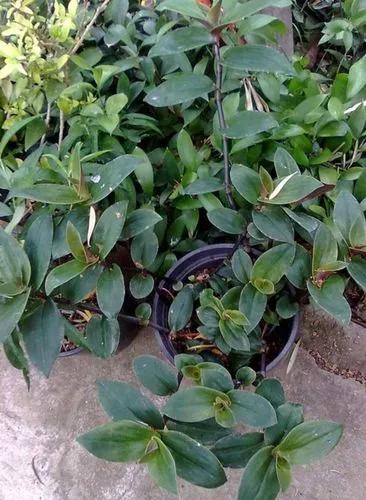Tiger Tooth Aloe is a plant from the genus Aloe. The spectacular appearance of aloe and its excellent compatibility with other plants has made it popular with both experienced gardeners and beginners. For newbie plant parents, Tiger Tooth Aloe is a particularly useful discovery, as this plant is extremely unpretentious.
Tiger Tooth Aloe Care
Aloe juvenna



Tiger Tooth Aloe has long, sharp leaves. Along the edges, the leaves have “teeth”; this characteristic is typical for many species from the Aloe genus. The color of the leaves is light green, sometimes with a yellowish tint. Aloe juvenna grows quickly and can sometimes reach a length of 12 in (30 cm).
How to Care for the Plant

Water

You need to water your plant about once or twice a week during the summer. Remember that it is a succulent, so it does not need plenty of water. Tiger Tooth Aloe requires reducing watering in winter. You should only water the plant once a month during the cold season.

Pruning

The plant does not require pruning; however, you can remove yellowed and damaged leaves. Do not be afraid to damage Tiger Tooth Aloe; this plant is quite tenacious.

Fertilizer

The plant needs fertilizing merely in the spring and summer, only once a month. You can use cactus fertilizer for aloe. In autumn and winter, the plant copes on its own and does not need additional feedings.

Sunlight

Aloe juvenna loves light. Even direct sunlight is suitable for the plant. In the cold season, the plant may lack illumination. We advise using LED grow lights for your Tiger Tooth Aloe and other sun-loving green pets. The plant needs 14-15 hours of bright indirect light each day.

Soil

Always put the drainage at the bottom of the pot to prevent root rotting. As for the substrate, choosing potting mix for succulents is the quickest way to provide the needed conditions. This substrate consists of sod soil, humus, and sand in proportions of 2:1:1.

Propagation

Aloe allows many ways of reproduction. You can germinate aloe from seeds, but it may be easier to propagate from root outgrowths or top cuttings. Before planting cuttings, dry them out in the fresh air. It is better to plant aloe in the spring.

Temperature

During the summer, the plant thrives in moderate room temperatures, about 68-75˚F (20-24˚C). In winter, the plant prefers coolness. During this period, you need to keep Tiger Tooth Aloe in a cool room with temperatures hovering around 50-53˚F (10-12˚C).

Container

Tiger Tooth Aloe will fit in any pot that will accommodate the plant's root system. You can keep this plant in hydroponics. Aloe juvenna gets along in the same pot with other plants well.

Fun fact

Tiger Tooth Aloe is endemic to Kenya and is very rare in the wild. This, however, does not stop it from being a popular houseplant.

Popularity

13,210 people already have this plant 2,235 people have added this plant to their wishlists
Discover more plants with the list below
Popular articles






